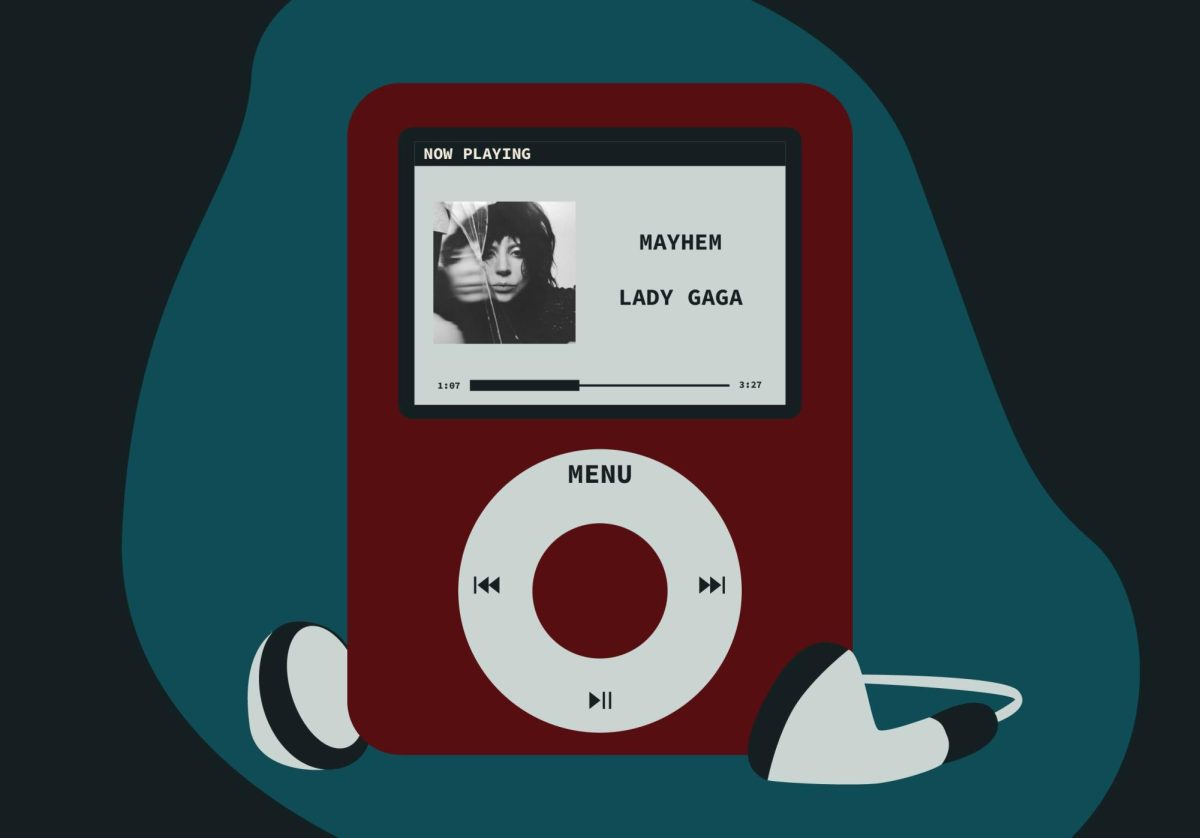VH1 Classics cares more about the birth of MTV 25 years ago than MTV does. In fact, it seems everyone else and their mother cares more about MTV’s historic beginnings than the cable channel.
While VH1 Classics re-airs MTV’s first 24 hours of programming and radio DJs, newspapers and magazines recall how magical Cyndi Lauper’s “Girls Just Want to Have Fun” video was on first viewing, MTV hardly acknowledges its birthday. Besides a small announcement on MTV’s Web site – which is hardly noticeable amid ads for new episodes of “Laguna Beach” and the nominees for the Video Music Awards – MTV goes on, business as usual.
But really, why should MTV celebrate its beginning?
Amid all the nostalgia for the good ol’ days of New Wave videos and VJ Martha Quinn, what everyone seems to agree on when looking back at the MTV of 1981 is that the station has lost its way.
The biggest complaint seems to be that the station doesn’t play as many music videos.
Instead of MTV “selling out” or “losing focus,” perhaps the channel has more fully realized its mission. And
maybe that mission never was “Music Television,” but rather marketing to the teen demographic.
MTV never was purely about the music. It was about style. One of the defining characteristics of the station was its logo – a truly postmodern symbol with flashing animation of ever-changing patterns representing old kitsch as well as a DIY, punk and graffiti style. MTV looked young. And today, the ever-changing style continues to make the station appear on the forefront of fashion and culture.
The biggest difference between the old and new MTV is that MTV simply knows how to market better. In 1981 it was a guessing game – how to hold the attention of ’80s kids who were not only brought up on television but now also had video games shaping their viewing habits. Music videos were one way to attract the attention of the ADD generation. Now it’s “My Super Sweet 16.”
MTV undeniably has changed over the past 25 years, and perhaps not for the better. But while a majority of articles seem to mourn a loss, those tears are frivolous.
Even two years ago, someone complaining about the lack of music videos would be relevant. Today, however, there are specialty satellite and cable stations devoted to music videos, but more importantly, virtually any video you desire can be found on YouTube (if it’s not there right now, it will be shortly).
MTV’s birth always will be a major historical landmark for the influence the station had and the emphasis it placed on visuals and style in our culture. The old MTV format, though, is no longer necessary. And to truly celebrate MTV’s start, just find a Pat Benatar video on YouTube.







